HotSpots H2O: Landslide Triggers Devastating Flash Floods in India
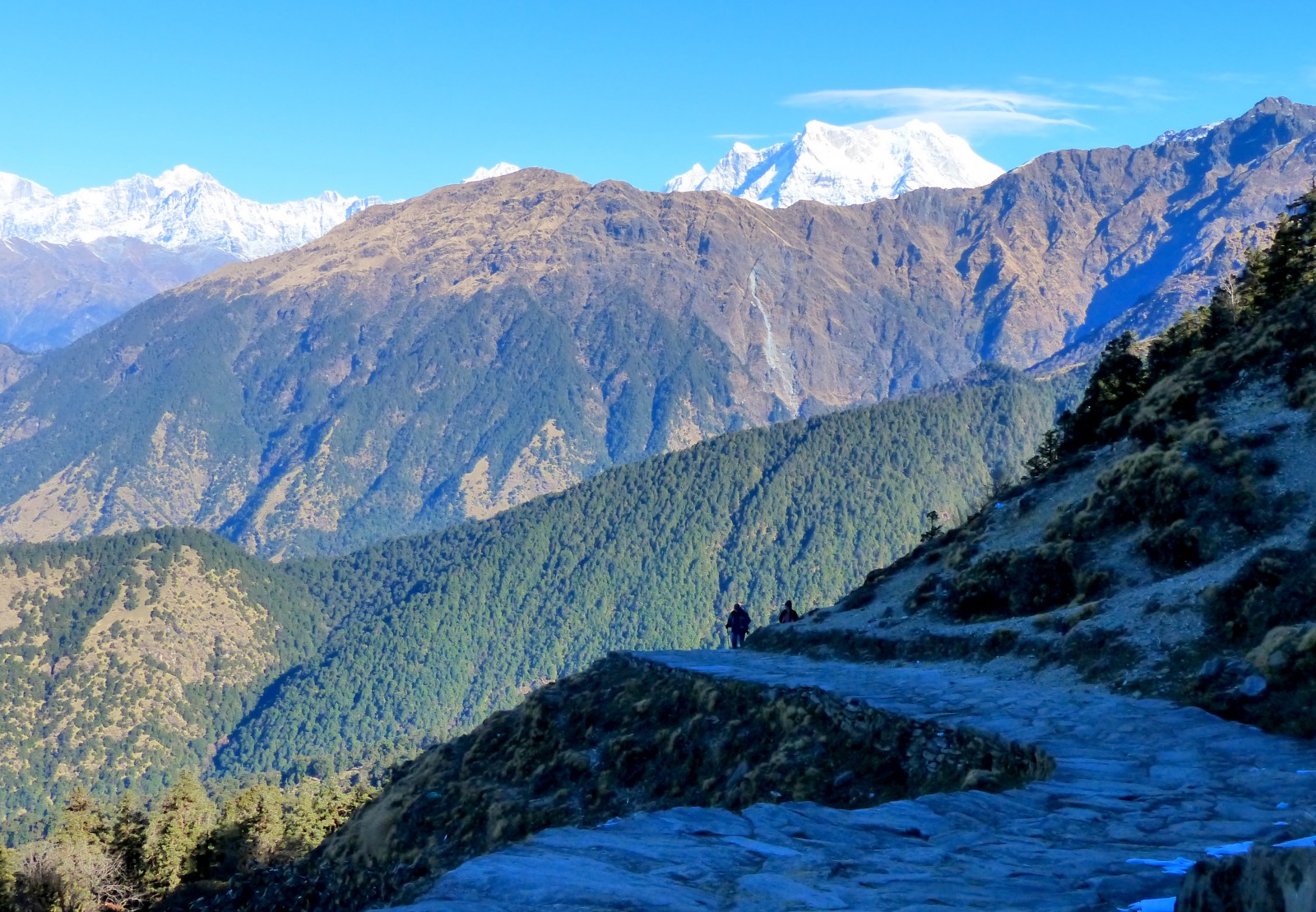
Himalayas in Uttarakhand, India. © Wikimedia Commons
The collapse of a mountain flank in India’s northern Uttarakhand state last week triggered devastating flash floods in the region and destroyed two hydroelectric projects. Since then, 50 people are dead and over 150 people are still missing.
The landslide flooded the Alaknanda and Dhauliganga rivers, bringing with it debris, mud, and rocks that smashed buildings and trees, swept people away, and forced thousands of people in the narrow valleys to flee. Search and rescue teams were dispatched to look for bodies and survivors, some of whom were trapped in tunnels at the two hydroelectric plants.
More than 170 workers at the two plants — 148 employed at the NTPC project and another 22 who work at the smaller Rishiganga project — are missing, according to a spokesperson. An emergency team rescued 16 workers trapped in a tunnel, and another team is working to rescue around 34 workers assumed to be trapped in a second tunnel. For families of those who have died, the chief minister of Uttarakhand has announced monetary compensation.
Scientists are now concerned about a growing pool of water in the Rishiganga River, near the tunnel with trapped workers. Obstructions due to debris, rocks, and sediment have prevented the flow of water since last Thursday. The pool has grown to 350 meters in length, according to authorities. While geologists say the threat for search-and-rescue operations is low for now, those downstream from the pool must be warned if water levels substantially increase. Scientists are currently analyzing changes via aerial and satellite photos.
As of now, scientists believe that a massive block of rock — perhaps 550 meters across at the crest — broke off at the top of the valley. The landslide pulverized overlapping glaciers, sending an avalanche of rocks, sediment, ice, and water hurtling down the slope in the form of a flash flood.
Uttarakhand is familiar with environmental disasters like this one. Landslides and flash floods happen frequently in the geologically unstable region, which also deals with heavy monsoon rains in the summer months. In 2013, the area suffered one of the most deadly floods in recent history. A cloudburst during the summer monsoon caused the banks of the Chorabari glacial lake to burst, resulting in nearly 6,000 deaths and billions of rupees in damage.
The risk of these sorts of disasters increases as the region warms. Typically, glaciers will gain ice and snow in the winter and then lose mass in the summer. Higher temperatures have caused the glaciers to lose more mass than they can gain back, shrinking their size. As the ice recedes, glacial lakes like the one that burst in 2013 are forming.
Elena Bruess writes on the intersection of environment, health, and human rights for Circle of Blue and covers international conflict and water for Circle of Blue’s HotSpots H2O.

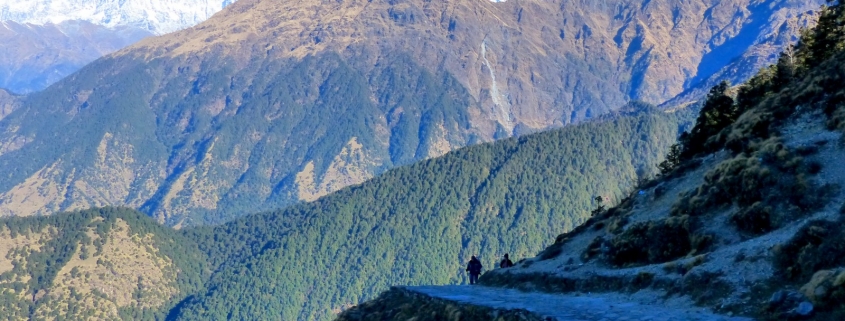



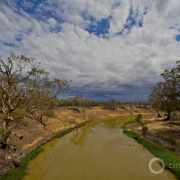
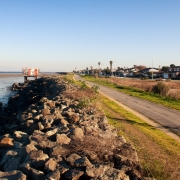
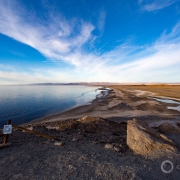
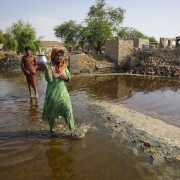



Leave a Reply
Want to join the discussion?Feel free to contribute!